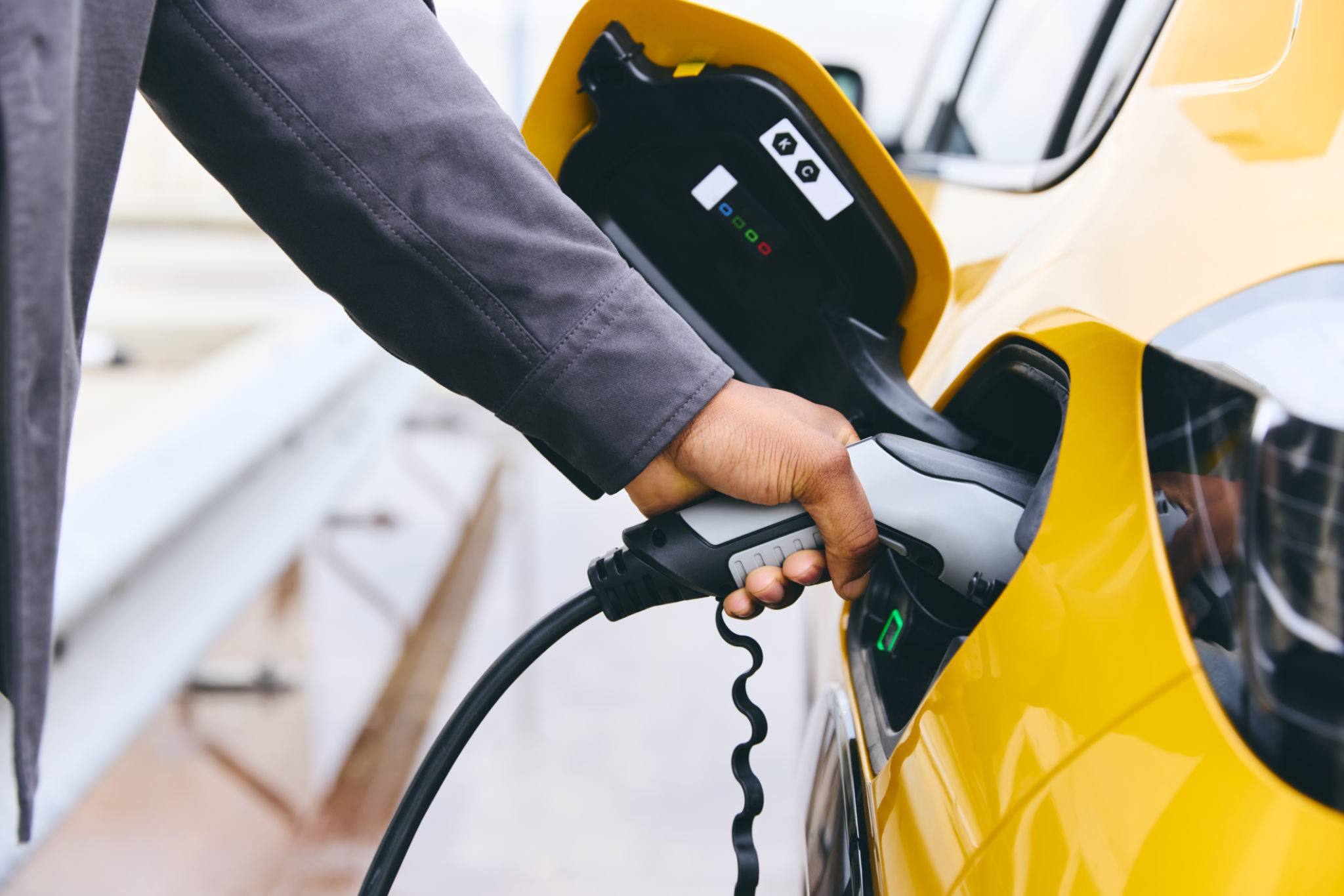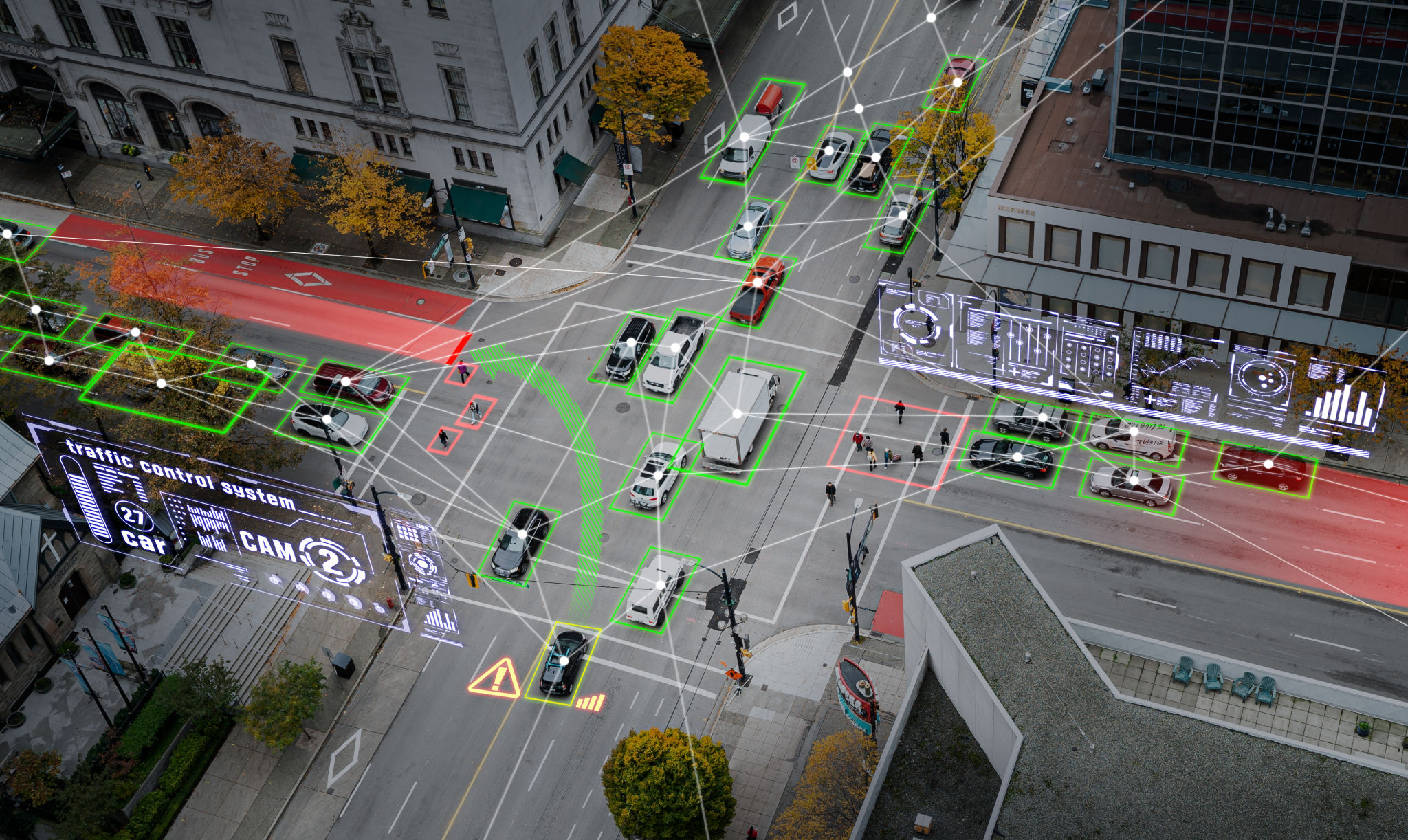Navigating R&D in Electric Vehicles: Challenges and Opportunities
Understanding the Current Landscape of Electric Vehicles
The electric vehicle (EV) market has been experiencing exponential growth over the past decade, driven by technological advancements, regulatory pressures, and changing consumer preferences. As the world shifts toward sustainable energy sources and reduces its carbon footprint, the role of research and development (R&D) in EVs becomes increasingly crucial. Companies must navigate this complex landscape effectively to remain competitive and innovative.

The Challenges Facing R&D in Electric Vehicles
Developing new technologies for electric vehicles presents a unique set of challenges. One of the primary issues is battery technology. Creating batteries that are more efficient, have a longer lifespan, and are cost-effective remains a significant hurdle. Additionally, integrating these batteries into vehicles without compromising safety or performance is an ongoing challenge.
Another challenge is the infrastructure needed to support electric vehicles. The lack of widespread charging stations can deter consumers from switching to EVs. Therefore, R&D efforts also focus on developing quick-charging solutions and expanding the charging network to make electric vehicles a more viable option for consumers worldwide.

Opportunities for Innovation and Growth
Despite these challenges, the electric vehicle sector is ripe with opportunities. Companies that invest in R&D can lead the way in innovation, creating cutting-edge technologies that set them apart from competitors. Autonomous driving is one such area where significant advancements can be made. By integrating self-driving technology with electric vehicles, companies can revolutionize the transportation landscape.
Moreover, there is growing interest in vehicle-to-grid (V2G) technology, which allows electric vehicles to return excess energy to the grid. This not only helps stabilize energy demand but also provides a potential revenue stream for EV owners. R&D initiatives aimed at enhancing V2G technology can open up new business models and revenue opportunities.

Collaboration and Partnerships as Key Drivers
To overcome the challenges and seize opportunities in the EV market, many companies are forming strategic partnerships. Collaborations between automakers, tech companies, and governments are crucial for advancing EV technology and infrastructure. By pooling resources and expertise, these partnerships can accelerate innovation and bring new solutions to market faster.
Such collaborations often focus on shared R&D projects, joint ventures in manufacturing, and initiatives to expand charging infrastructure. These partnerships enable companies to share risks and costs associated with R&D while benefiting from each other's expertise.

The Role of Government Policies and Incentives
Government policies play a pivotal role in shaping the future of electric vehicles. Incentives such as tax credits, subsidies for R&D, and investments in charging infrastructure encourage companies to invest more heavily in EV technology. Additionally, stringent emission regulations push automakers to innovate and produce cleaner vehicles.
Countries that prioritize sustainable transportation by providing robust policy support are likely to see faster advancements in EV technology. This creates a favorable environment for companies to focus their R&D efforts on creating groundbreaking technologies that align with regulatory requirements.
The Future of R&D in Electric Vehicles
As we look toward the future, it's clear that R&D will continue to be a driving force in the evolution of electric vehicles. Companies that successfully navigate the challenges and capitalize on opportunities will lead the charge toward a more sustainable and technologically advanced transportation sector.
The ongoing commitment to innovation will not only benefit individual companies but also contribute to global efforts to combat climate change and reduce reliance on fossil fuels. By investing in R&D today, we can pave the way for a cleaner, greener tomorrow.
